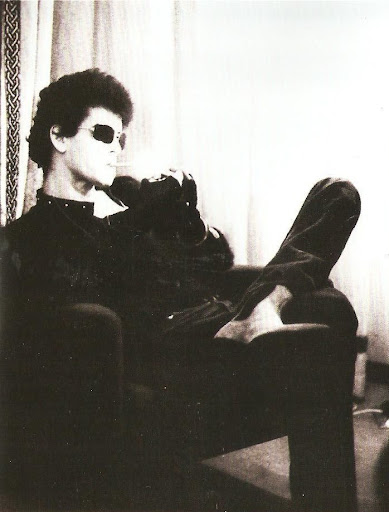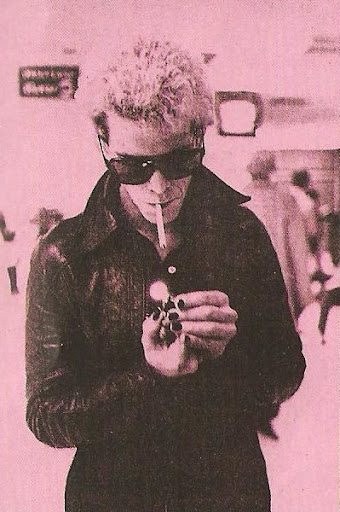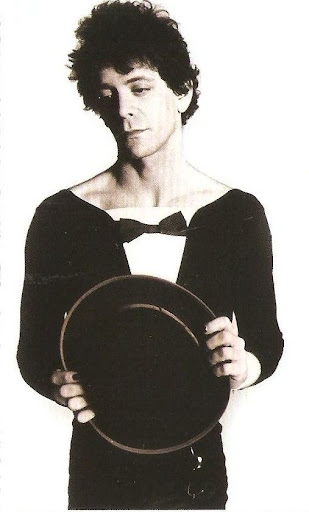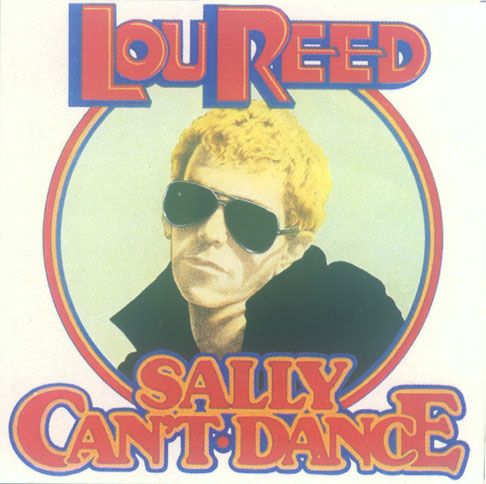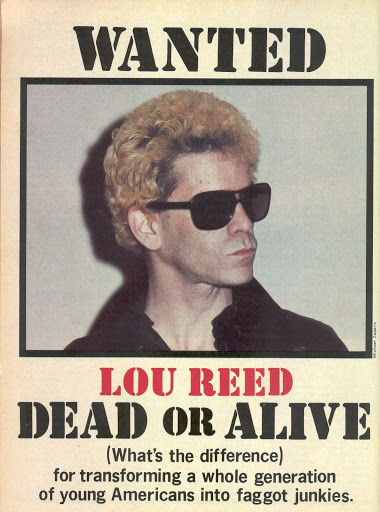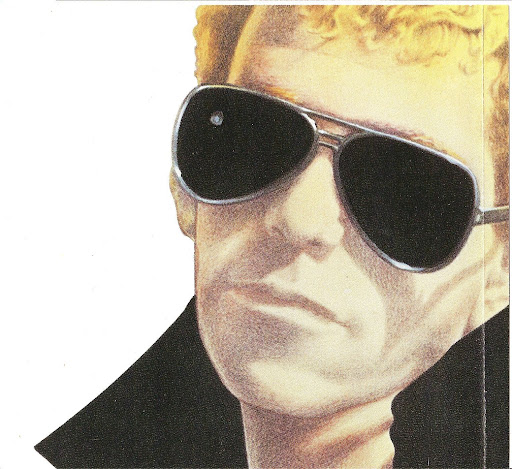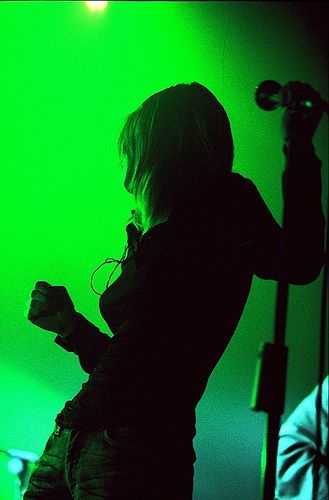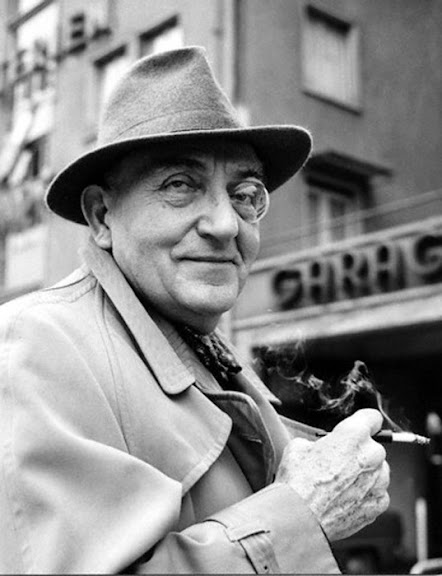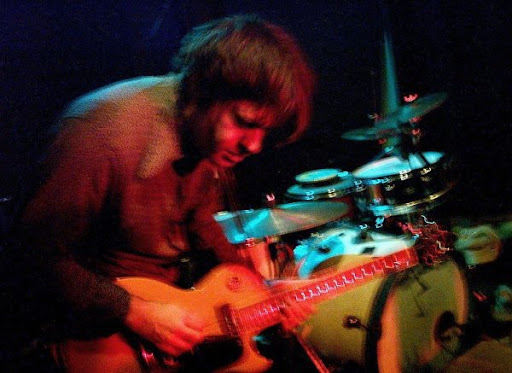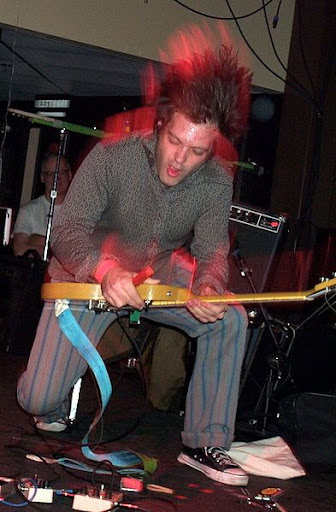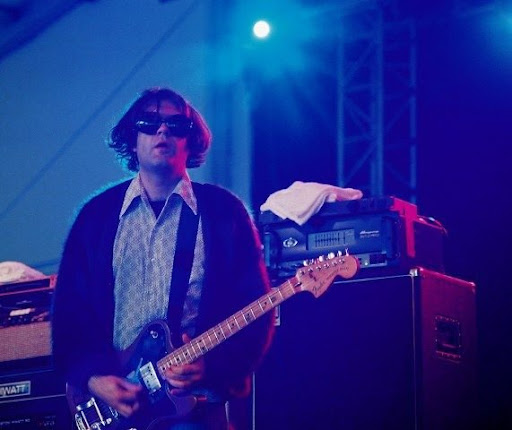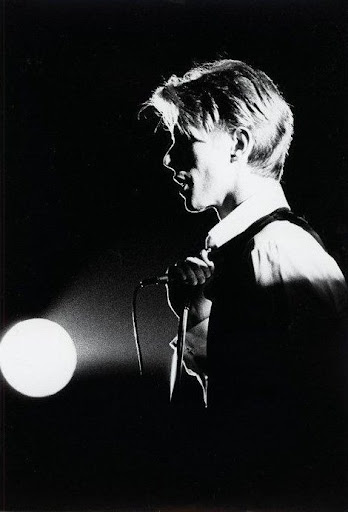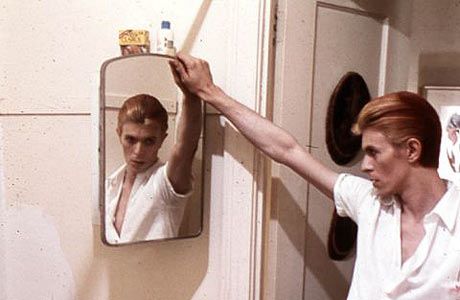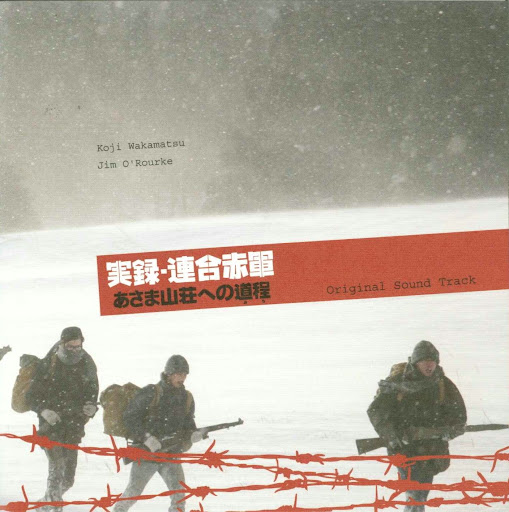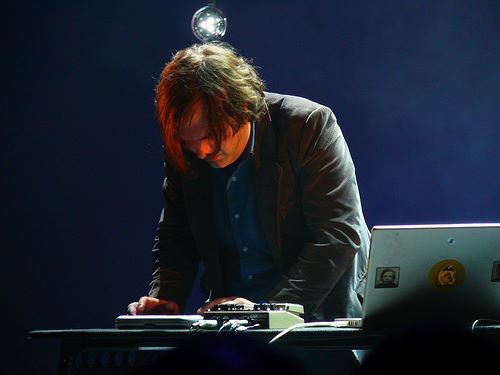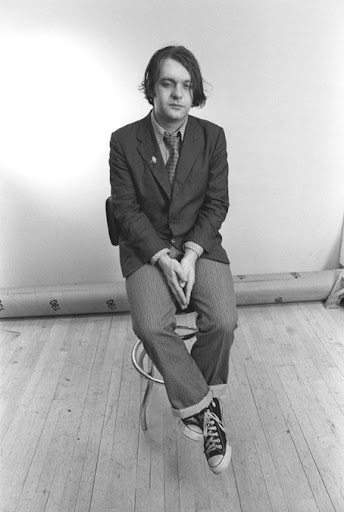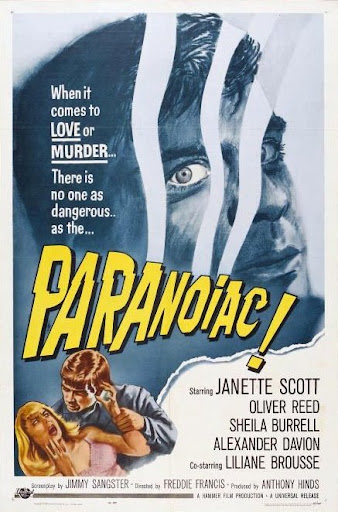
There are so many great Brit films coming out on BluRay,and I haven't had the time to post anything, and since one has to start somewhere, where better than with a Hammer Film's early-sixties Goth thriller with an over-the edge Oliver Reed, shot in wonderous Black-and-white Cinemascope!
Can I get a witness?!?
More great sixties BluRay Brit cinema to come. I promise!

From Leo Goldsmith at Not coming to a theatre near you:
Screenwriter Jimmy Sangster was one of Hammer’s major creative forces, penning a number of the studio’s franchise debuts (The Curse of Frankenstein, The Horror of Dracula, and The Mummy) and even directing a small handful films (like Lust for a Vampire). But it’s the trio of X-rated, early ’60s psychological thrillers that Sangster wrote and master craftsman Freddie Francis directed – Paranoiac, Nightmare, and Hysteria – that represents a particular high point for Hammer and for Sangster. Self-consciously scaling back the bloody mayhem and monster madness for rather more subdued, refined chills, these films recall the elegant chiaroscuro of the studio’s stylish noirs of the 1950s and somewhat unsubtly calling to mind Hitchcock’s then-recent Psycho. But the films also make vivid Hammer’s connection to the English gothic tradition, a nuance that would set their films apart in the genre and would help instill even their more puerile efforts with a degree of credibility.

The first of these films, Paranoiac is anything but puerile. Set against the picturesque cliffs and countryside of Dorset, and shot in textured black-and-white CinemaScope, the film weaves an intricate, creepy tale of madness at the manor that’s richer in its effects than one might expect from what is essentially a B-film. The plot concerns the Ashbys, an aristocratic family marked by tragedy. Some years before the film’s events, we are told, Lord and Lady Ashby were killed in a plane crash, a catastrophe compounded by the suicide of their fifteen-year-old son Tony. In the wake of these events, the remaining children, Simon and Eleanor, were left in the care of Aunt Harriet to wait out the days until their inheritance kicked in—and to go variously batty. Eleanor, in perpetual trauma from beloved Tony’s death, is infirm and in care of a French “nurse”; Simon drinks his weight in brandy and careens around town in his MG, making snippy comments and getting into trouble; and Aunt Harriet, while seeming to put up with it all, also maintains the haggard glare of the evil stepmother.

This set-up makes plain one of Hammer’s (and, indeed, Britain’s) well-worn themes: class. The studio’s films are bursting with high-booted, toffee-nosed sadists who lure women back to their manors, summon evil spirits, and generally piss on the proletariat. This usually makes way for a kind of socialist return of the repressed, in which the peasantry takes its revenge in monstrous form (cf. The Plague of the Zombies and The Curse of the Werewolf), but Paranoiac injects some grace into this formula, taking a closer look at the corruption of moral and mental stability within the nobility. Simon, played by a young and brilliant Oliver Reed, is a truly mercurial monster, flashing seductive grimaces one moment, spitting out vicious, drunken comments the next, and finally devolving into raving lunacy. Eleanor, by contrast, is more sympathetically rendered, shell-shocked by personal tragedy and given to more pitiable moments of madness. When she begins seeing Tony’s now-grown-up figure lingering around Ashby Hall, our sense of identification is unsettled: is this part of an evil plot by Simon to drive Eleanor truly mad and thereby usurp her inheritance? Or is Eleanor truly mad?

This manipulation of perspective, unsettling the audience’s ability to discern whose point-of-view to trust, is what places Paranoiac squarely in the realm of the gothic, as both the literary and cinematic modalities of the genre rely on a certain manipulation of perspective. Going back to Ann Radcliffe’s novels of fanciful, near-hallucinating young ladies with wild imaginations and hysterical dispositions, the gothic narrative continually plays with the reader’s (or viewer’s) point-of-view and understanding of reality versus fantasy. In film, the narrative focalization of the gothic can make this obscuring of subjectivity still more unsettling by exploiting the ambiguity of the camera’s point-of-view, and so many of the shots in Paranoiac make ambiguous whether the camera is omniscient or adopts a character’s viewpoint (like Tony’s). This makes even the meaning of the film’s title obscure: virtually any of the main characters could be the titular paranoiac—as could, in some sense, the film’s viewer.This is largely thanks to Freddie Francis, whose remarkable career as a director of a number of excellent films for Hammer (including Dracula has Risen from His Grave) and their competitors (like Tigon Pictures’ masterful The Creeping Flesh and Amicus’ Tales from the Crypt) is bested only by his truly legendary career as a cinematographer. He was Jack Cardiff’s cinematographer of choice on his adaptation of Sons and Lovers, and later revived his career at the lens with Lynch’s The Elephant Man, Dune, and The Straight Story, and Scorsese’s Cape Fear. Having more than earned his credibility by filming Jack Clayton’s 1961 gothic masterpiece The Innocents, Francis must have seemed the ideal choice to handle Sangster’s eerie psycho-thriller, and while Francis left Paranoiac’s shooting responsibilities to Hammer mainstay Arthur Grant, his sense of style and space are fully present, with exactly the sort of circuitous camera movement to match the film’s labyrinthine shifts in mood and perspective.

But even with style to spare – not to mention a view of upper-class twittery at its most dark and perverse, complete with creepy organ music and the appearance of a masked, malevolent pint-sized figure in a choirboy’s cassock – the film would still be very little without the presence of Ollie Reed. His puckish and pickled Simon – with brash declarations of “I shall probably get drunk!” – matches his performance in Joseph Losey’s Hammer outing These Are the Damned the same year with its bratty, hypersexual menace. Some of this same tenor is on show in his titular performance in Hammer’s otherwise lackluster Curse of the Werewolf, but the undertones of effete, high-class entitlement are a million miles from his turn as Oliver!’s purring villain Bill Sikes (or even his cycle of films as Ken Russell’s muse) later in the decade. Simon’s frighteningly bipolar dipsomania – presaging many a drunken chat-show appearance by Reed later in his career – is the spark that turns this sinister, stately chamber horror into something truly disturbing.

Technical Information:
Title: Paranoiac
Year: 1963
Country: UK
Director: Freddie Francis
Source: BluRay Retail
Video Codec: 1080p x264
Container: .mkv
Size: 6.71 GB
Length: 01:20:05
Programs used: Unavailable
Resolution: 1920x816
Aspect Ratio: 2.35:1
Video: AVC H264 @ ~9975 kb/s
Frame Rate: 23.98 fps
Audio: English- DTS stereo @ 1510 kb/s
Subtitles: cc-English
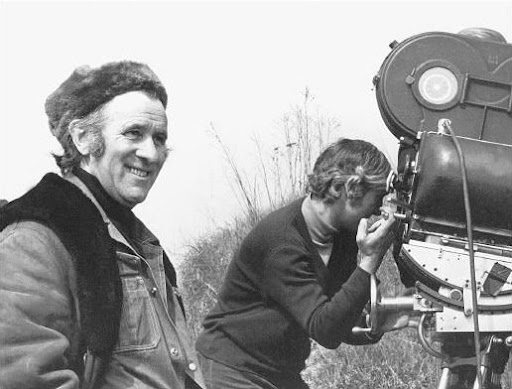
(Our prefered x264 player is Media Player Classic.)
(Use JDownloader to automate downloading)
Paranoiac Megaupload Links





